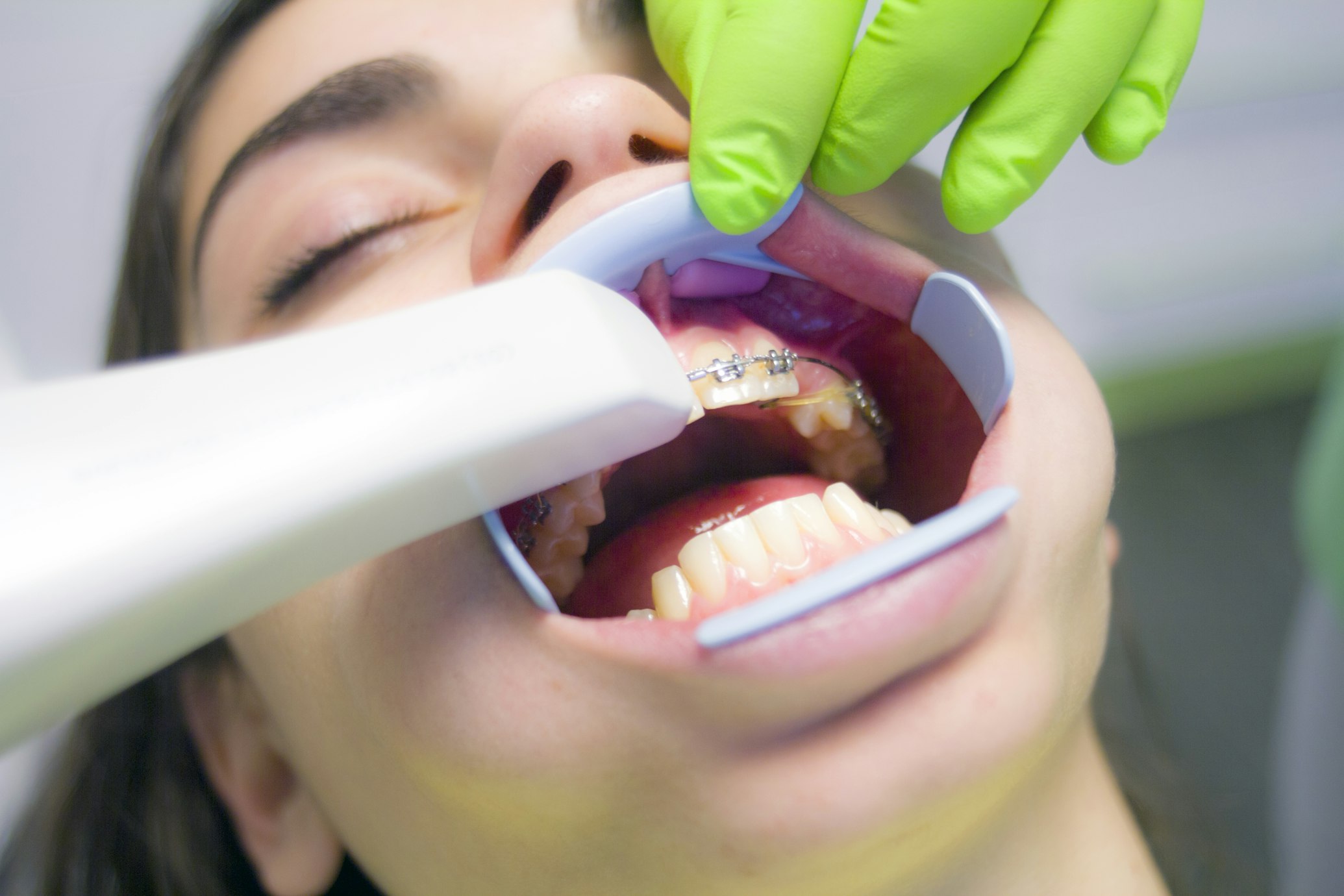5 Signs Your Child Needs Orthodontic Assistance
- - Category: Dental Care
- - 30 Oct, 2023
- - Views: 47
- Save
How do you know if your child needs orthodontic assistance? Check out this text and find out.
Does my child need braces? This is one of the most common questions that puzzle many parents. How to know when your child needs braces when you don’t know what to look for?
To help you out, we made this list of 5 signs that indicate that your child might need orthodontic assistance. Hopefully, knowing these signs helps you keep track of your child’s teeth situation.
Crooked teeth
The first undeniable sign that your child might need orthodontic assistance is crooked teeth. If your child’s teeth appear to be crooked or overlapping each other, you should schedule a visit to an orthodontist.
There are many reasons why your child has crooked teeth. The greatest reason is genetics. If mom and dad had crooked teeth and needed braces, the chances that your child might need them too are great.
The other reason includes thumb sucking. If your child tends to suck their thumb or pacifier past the age of 3, the chances they’ll need braces are much greater. Sucking can cause different types of bad bites that only experienced orthodontists from Central Coast can treat.
Difficulty biting or chewing
You may notice that your child has difficulties biting or chewing. If this is the case, you need to act immediately. Children who suffer from misaligned jaw or teeth can properly eat their food which can in turn affect their development.
So, pay attention to the way your child eats, how they chew, and if they complain of pain when biting into hard foods. Also, pay attention if they avoid eating certain foods altogether. All of these may be indicators of serious problems such as unaligned jaw or TMJ pain. The orthodontist will most likely advise braces because they’ll be able to shift your child’s teeth into a good position.
Gaps or crowded teeth
Gaps or crowded teeth are other two indicators that your child needs orthodontic assistance. If your child’s permanent teeth have gaps or if they are too crowded to the point that they grow at odd angles, that’s a good sign to schedule an orthodontist consultation.
The gaps between teeth can be a real nuisance because they tend to collect plaque. After some time the plaque hardens and turns into a substance known as tartar. This substance on your child’s teeth can lead to serious dental problems such as gingivitis or periodontitis. Bad breath is another symptom of plaque and tartar.
When there isn’t enough space in your child’s mouth to fit all the teeth, they start growing improperly, at odd angles. In turn, crowded teeth can cause greater problems such as chewing difficulties, speech problems, and so on.
Both gaped and crowded teeth problems can be easily solved with braces. So, don’t wait too long and take your child to an orthodontist.
Speech difficulties
Sometimes your child’s speech difficulties are closely related to the alignment of their jaw and teeth. Before you jump to conclusions, take your child to a dental care specialist and have them check if the teeth are the reason for speech problems.
If your child has a lisp or mispronounces and struggles with certain words, they might have misaligned or crowded teeth. If that’s the case, the dental care specialist will suggest braces as a solution.
Lost baby teeth too early or late
Another very important sign is the age when your child loses their baby teeth. Ideally, your child should lose their baby teeth around the age of 6 or 7. However, it’s not uncommon for them to lose them earlier.
The problem is if the child loses their teeth too early, especially if the cause is an injury or tooth decay. If this happens and the child loses their teeth too early, this can cause many different dental problems.
Similarly, if your child is past the age of 12 and still hasn’t lost all their baby teeth, consulting with the orthodontist is necessary. Losing baby teeth too late may result in overlapping and crowding of teeth in your child’s mouth.
But thankfully, both of these problems can be solved with the help of braces.
In addition to knowing these signs, the best would be to regularly take your child to their dental care specialist. This way, a professional will keep an eye on their teeth and they will be able to tell you if there’s anything to be concerned about.
Just keep in mind that most children need orthodontic assistance at some point in their lives. And the sooner the better. So, keep an eye out for these signs.


